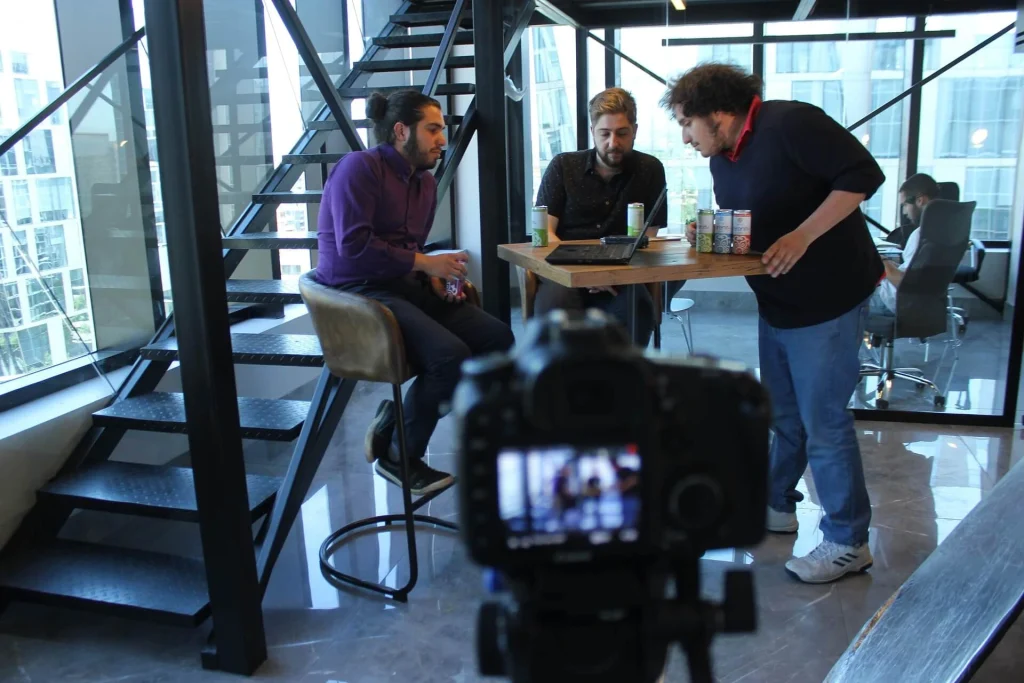Film editing is the process of selecting and combining shots to create a cohesive and compelling story. It’s an essential part of the filmmaking process and can make or break a film. In this blog post, we’ll explore the art of film editing and provide tips for crafting a cohesive story.
Understand the Basics
The first step in mastering film editing is to understand the basics. This includes learning about shot composition, continuity, and pacing. Shot composition refers to the arrangement of objects within the frame, while continuity ensures that the shots flow seamlessly from one to the next. Pacing refers to the speed at which the story unfolds and can be controlled through the use of editing techniques.
Know Your Software
In today’s digital age, film editing is done using specialized software. It’s essential to become familiar with the software you’re using to edit your film. This includes learning the keyboard shortcuts, understanding the editing tools, and mastering the timeline.
Use Continuity Editing
Continuity editing is a technique that ensures that the shots in a film flow seamlessly from one to the next. It’s achieved through the use of techniques such as matching action, eyeline matches, and shot/reverse shot. Matching action involves cutting from one shot to another while maintaining the continuity of the action. Eyeline matches ensure that characters are looking in the right direction when cutting between shots. Shot/reverse shot is used in dialogue scenes and involves cutting back and forth between two characters.
Cut on Motion
Cutting on motion is a technique that involves cutting from one shot to another while there is still motion in the frame. This technique creates a sense of continuity and helps maintain the pace of the film. It can also be used to create visual interest and highlight important moments in the story.
Experiment with the Pace
The pace of a film is essential to its overall impact. It’s important to experiment with different pacing techniques to find the right one for your story. For example, a slow-paced film may be more appropriate for a drama, while a fast-paced film may work better for an action movie.
Use Sound to Enhance the Story
Sound is an essential part of film editing and can be used to enhance the story. This includes adding sound effects, music, and dialogue. Sound effects can be used to create a sense of realism, while music can be used to create emotional impact. Dialogue is an important tool for conveying information and moving the story forward.
Don’t Be Afraid to Cut
One of the most important aspects of film editing is knowing what to cut. It’s important to be ruthless when editing your film and cut anything that doesn’t serve the story. This includes cutting scenes, shots, and dialogue that are unnecessary or don’t move the story forward.
Get Feedback
Finally, it’s important to get feedback on your film from others. This includes other filmmakers, friends, and family members. Feedback can help you identify areas that need improvement and provide insight into how your film is being received.
In conclusion, film editing is an essential part of the filmmaking process, and mastering it takes time and practice. By understanding the basics, knowing your software, using continuity editing, experimenting with the pace, using sound to enhance the story, cutting ruthlessly, and getting feedback, you can create a cohesive and compelling story that engages your audience.

